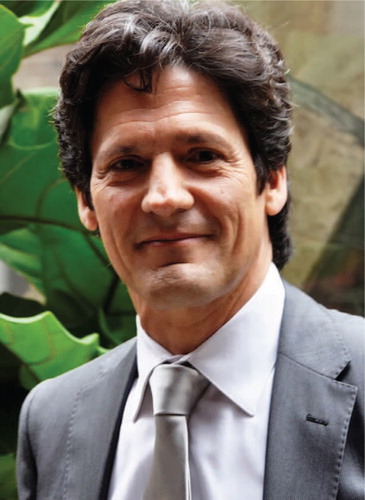Abstract
Cell Communication and Adhesion has been fortunate to enlist two pioneers of epidermal and cardiac cell junctions, Kathleen Green and Mario Delmar, as Guest Editors of a two part series on junctional targets of skin and heart disease. Part 2 of this series begins with an overview from Dipal Patel and Kathy Green comparing epidermal desmosomes to cardiac area composita junctions, and surveying the pathogenic mechanisms resulting from mutations in their components in heart disease. This is followed by a review from David Kelsell on the role of desmosomal mutation in inherited syndromes involving skin fragility. Agnieszka Kobeliak discusses how structural deficits in the epidermal barrier intersect with the NFkB signaling pathway to induce inflammatory diseases such as psoriasis and atopic dermatitis. Farah Sheikh reviews the specialized junctional components in cardiomyocytes of the cardiac conduction system and Robert Gourdie discusses how molecular complexes between sodium channels and gap junction proteins within the perijunctional microdomains within the intercalated disc facilitate conduction. Glenn Radice evaluates the role of N-cadherin in heart. Andre Kleber and Chris Chen explore new approaches to study junctional mechanotransduction in vitro with a focus on the effects of connexin ablation and the role of cadherins, respectively. To complement this series of reviews, we have interviewed Werner Franke, whose systematic documentation the tissue-specific complexity of desmosome composition and pioneering discovery of the cardiac area composita junction greatly facilitated elucidation of the role of desmosomal components in the pathophysiology of human heart disease.

Mario Delmar's central research interest throughout his career has been to understand the role of intercellular communication in controlling heart rhythm and to clarify the molecular aberrations that underpin cardiac arrhythmias. His group focuses on how proteins of desmosomes, gap junctions, and sodium channels relate to one another within cardiac intercalated discs to orchestrate cell adhesion, intercellular coupling, and excitability. He translates these findings to illuminate the pathological mechanisms leading to loss of sodium channel function in two inheritable forms sudden cardiac death: Brugada Syndrome and Arrythmogenic Cardiomyopathies (ARVC). Dr. Delmar was trained as both a physician and a scientist in Mexico City. In 1980 he received his MD from The Univeridad Autonoma Metropolitana and six years later his PhD from the Centro de Investigacion y Estudios Avanzados. He joined SUNY—Syracuse Upstate Medical University in 1988 and rose through the ranks to become Professor and Vice Chair of Pharmacology and then moved in 2007 to become The Frank N Wilson Professor of Cardiovascular Medicine at the University of Michigan, Ann Arbor. In 2010, he joined New York University as Professor of Medicine and Director of the Translational Research Program of the Clinical and Translational Science Institute. He has served in leadership roles in the American Heart Association and is a member of the Editorial Board of “Circulation Research” and “Heart Rhythm”.

Kathy Green has produced fundamental insights into the mechanisms of cytoskeletal anchorage and cell adhesion within desmosomes with particular emphasis on the roles of desmoplakins and plakophilins as cytoskeletal linkers and of desmogleins in cadherin-mediated epidermal adhesion. Her work has greatly facilitated understanding the pathophysiology of these molecules in autoimmune and inherited epidermal blistering disorders and keratodermas, as well as inherited ARVC. Her group currently focuses on signaling events regulating desmosomal assembly and epidermal differentiation. Dr. Green obtained her B.A. from Pomona College and went on to study volvox development during her Ph.D. at Washington University in St Louis. She moved to Northwestern to undertake postdoctoral training with Bob Goldman and there she began her lifelong interest in desmosomes by cloning desmoplakin. In 1987 she took a faculty position at Northwestern where currently she is The Joseph L Mayberry Professorship of Pathology and Professor of Dermatology. She directs the Tumor Invasion, Metastasis and Angiogenesis program of the R.H Lurie Cancer Center and the Carcinogenesis Training Program. She has served as the President of the Society for Investigative Dermatology and currently is the Secretary of the American Society for Cell Biology, Deputy Editor in Chief of the J. Cell Science and an Associate Editor of the J. of Investigative Dermatology.
